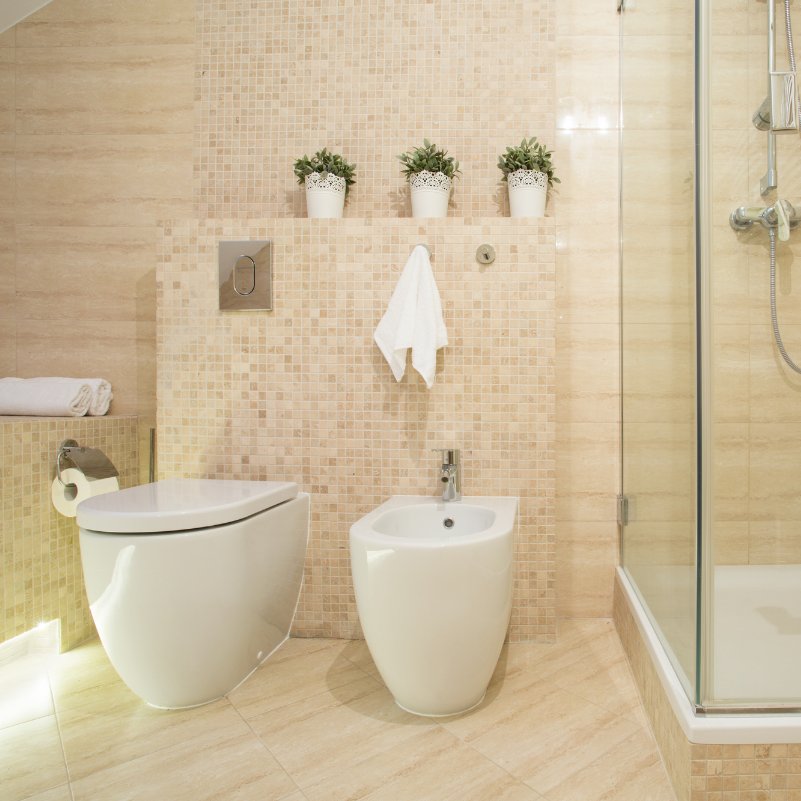What’s the most important fixture in your bathroom? Arguably, it’s the toilet.
You can always wash your hands or even bathe yourself somewhere else, but there’s nowhere else in a home that supplies the same function as a toilet.
When it comes to picking out a new one, it’s important to learn how to choose a toilet. Read on to learn all about toilets here!
Two Parts of a Toilet
There are two basic parts of a toilet. These are the cistern (where the toilet holds water for flushing) and the toilet pan or bowl (where waste is collected and discarded).
Four Common Toilet Designs
All toilet designs, though they are arranged differently, have these two components.
Connector (or Link) Toilets
A pipe connects the cistern to the toilet pan in this easy-to-install toilet design.
Close-Coupled Toilets
This design eliminates the gap by placing the cistern directly on the toilet pan. This type looks more sophisticated.
Back to Wall Toilets
These toilets are even more finished looking and typically more expensive. However, with no gap between the cistern and the toilet pan or the toilet and the wall, these units are easier to keep clean.
Concealed Cistern Toilets
While there always has to be a cistern, some designs will hide it behind a wall or in a cabinet. An access panel allows plumbers to get into it for maintenance.
Waste Disposal
Another important element is where the waste exits the toilet. This part of the toilet is known as the set out and there are three main designs.
The S trap design is most common in Australia and waste exits out the bottom of the toilet and is piped away in the floor. The P trap comes out the back of the toilet and is useful for wall-hung toilets.
The skew trap brings waste out either side of the toilet and is useful for tiny bathrooms where the fit is tight.
Water Inlets
The cistern needs a source of water for flushing. The inlet is usually either on the bottom of the cistern or coming in the backside. Back inlets are hidden and thus look nicer but are harder to install and usually require a plumber.
Toilet Seats
Though a toilet seat is pretty basic, most modern toilets come equipped with soft-closing lids. This feature is handy for preventing damage over time from slamming toilet lids as well as avoiding noisy bangs in the night.
Toilets of the Future
The use of bidets is not overly common in Australia yet but is becoming more popular.When refurbishing your bathroom, it’s the perfect time to have your plumber add the bidet attachment and you can stop buying toilet paper!
Smart toilets also control both the temperature and pressure of the water stream. Plus, you can enjoy a heated seat in the winter.
Your Perfect Toilet
Who knew you would have so many options when choosing a new toilet? We hope this guide has helped you realize what will work best for you, though you can always ask an expert for advice!

